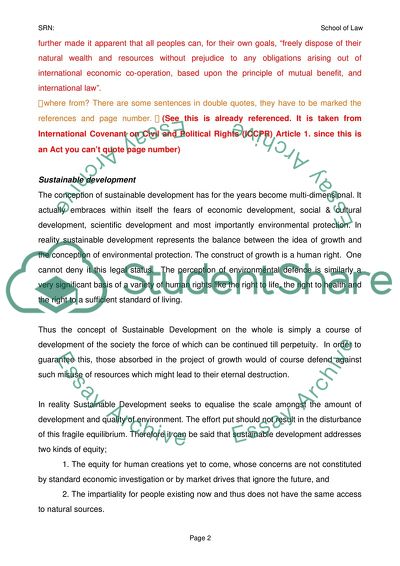Cite this document
(International Environmental Law and the Safeguarding of the Rights of Research Paper, n.d.)
International Environmental Law and the Safeguarding of the Rights of Research Paper. Retrieved from https://studentshare.org/environmental-studies/1737629-international-environmental-law
International Environmental Law and the Safeguarding of the Rights of Research Paper. Retrieved from https://studentshare.org/environmental-studies/1737629-international-environmental-law
(International Environmental Law and the Safeguarding of the Rights of Research Paper)
International Environmental Law and the Safeguarding of the Rights of Research Paper. https://studentshare.org/environmental-studies/1737629-international-environmental-law.
International Environmental Law and the Safeguarding of the Rights of Research Paper. https://studentshare.org/environmental-studies/1737629-international-environmental-law.
“International Environmental Law and the Safeguarding of the Rights of Research Paper”, n.d. https://studentshare.org/environmental-studies/1737629-international-environmental-law.


